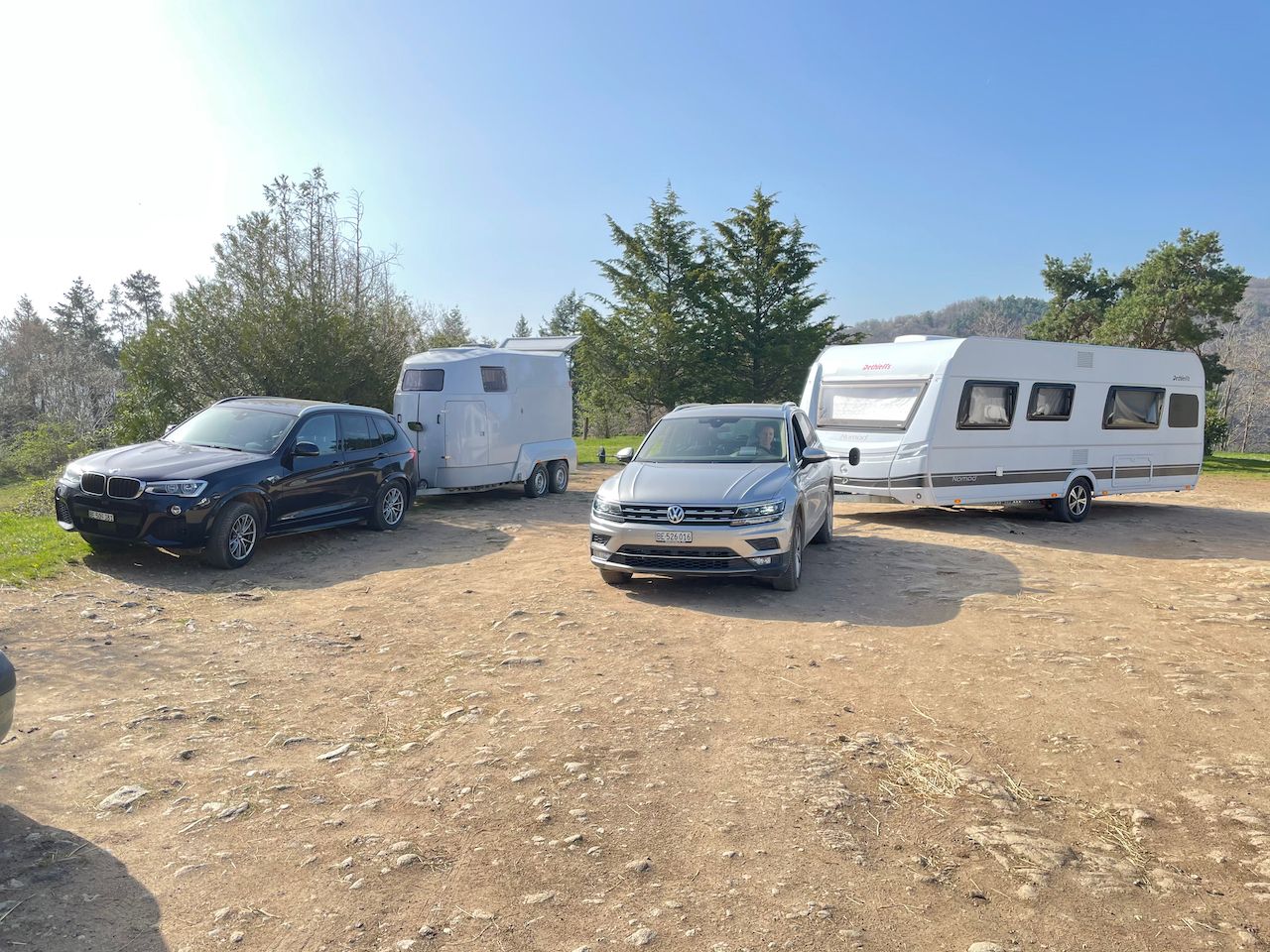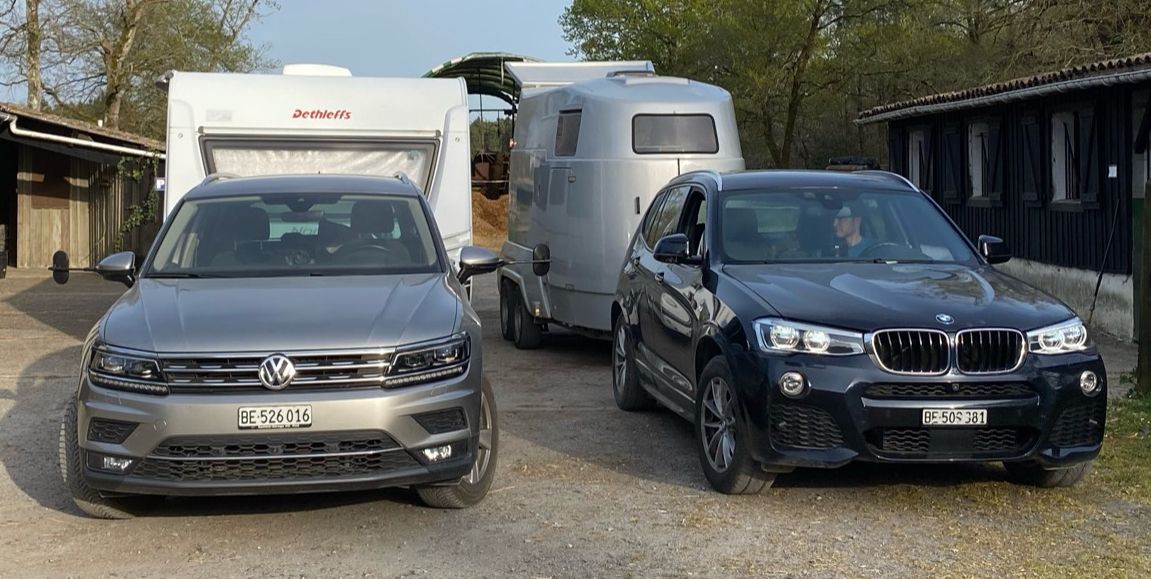17-19 April, Water, Injuries & Hairdresser
Weşandin: 19.04.2021
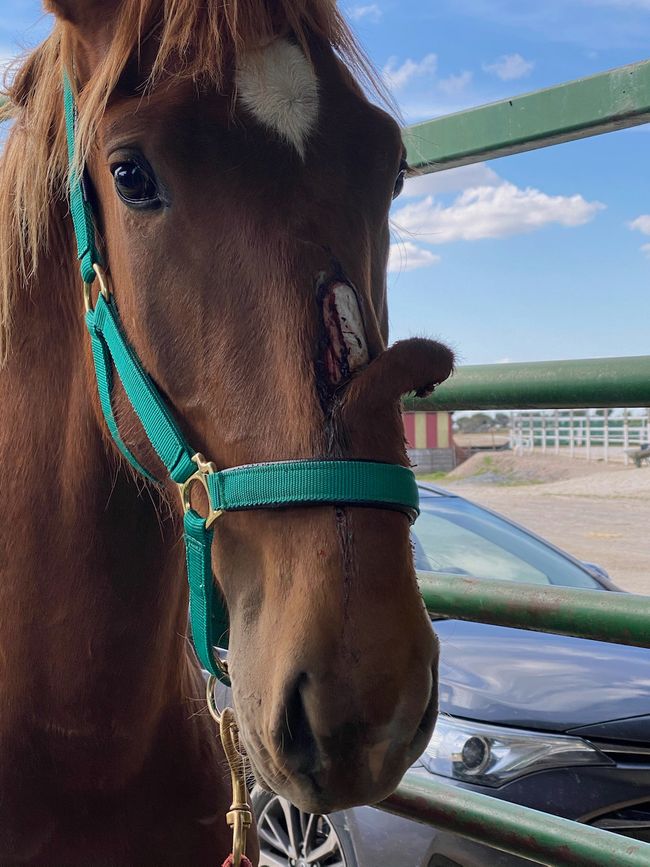
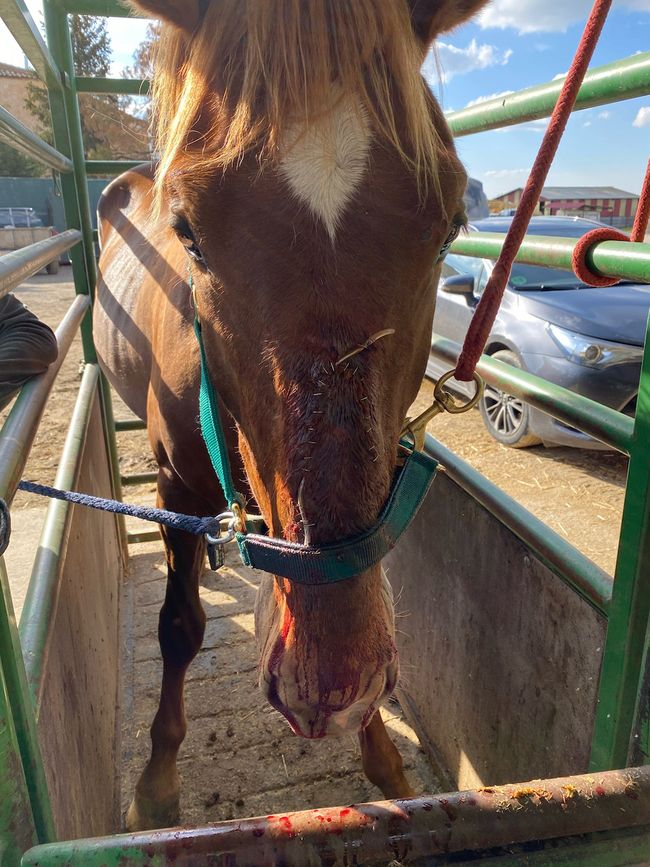
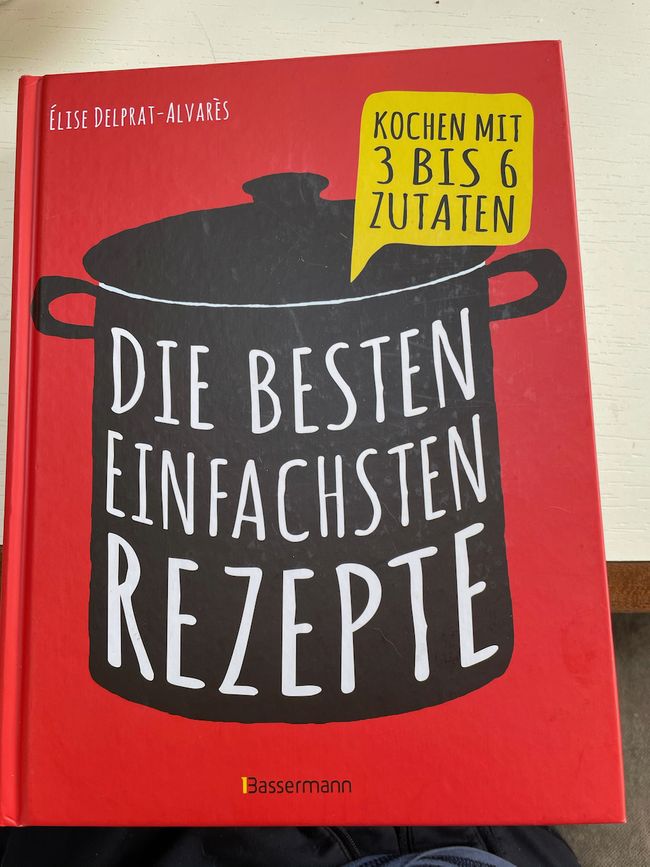
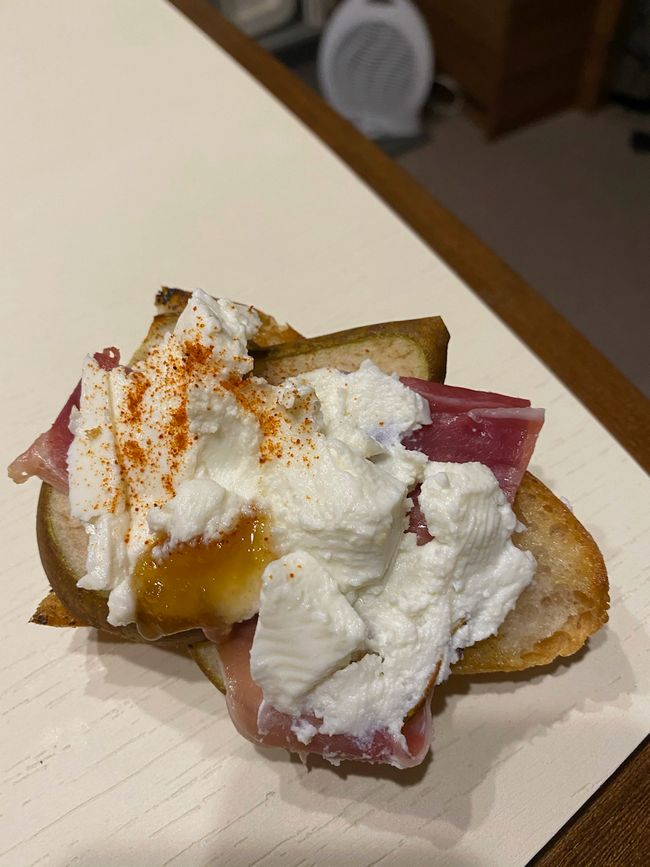
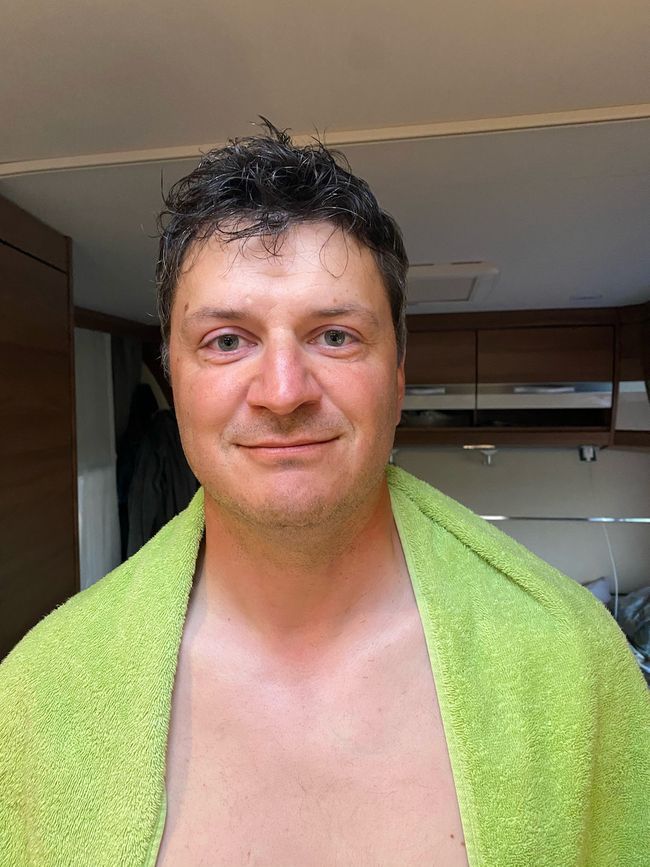
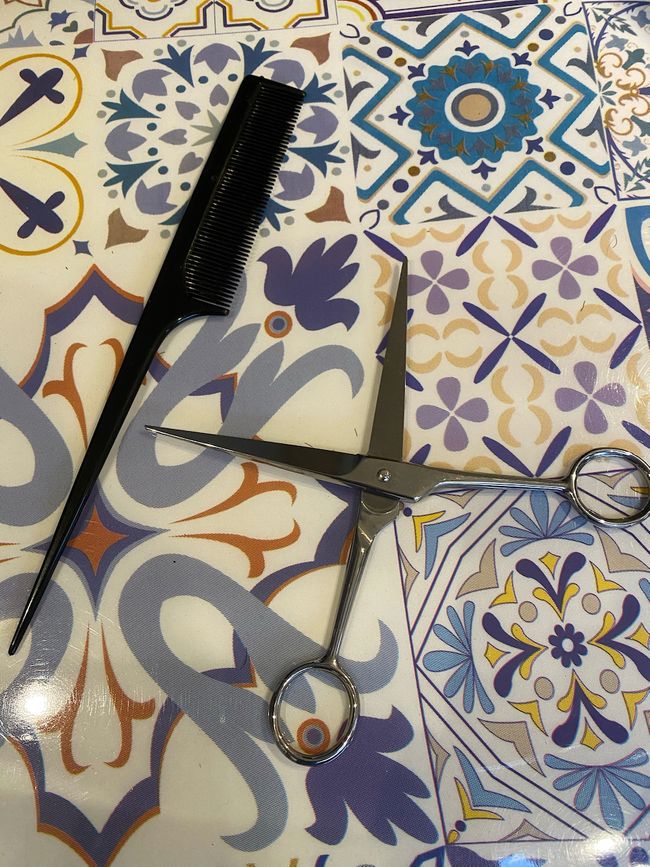
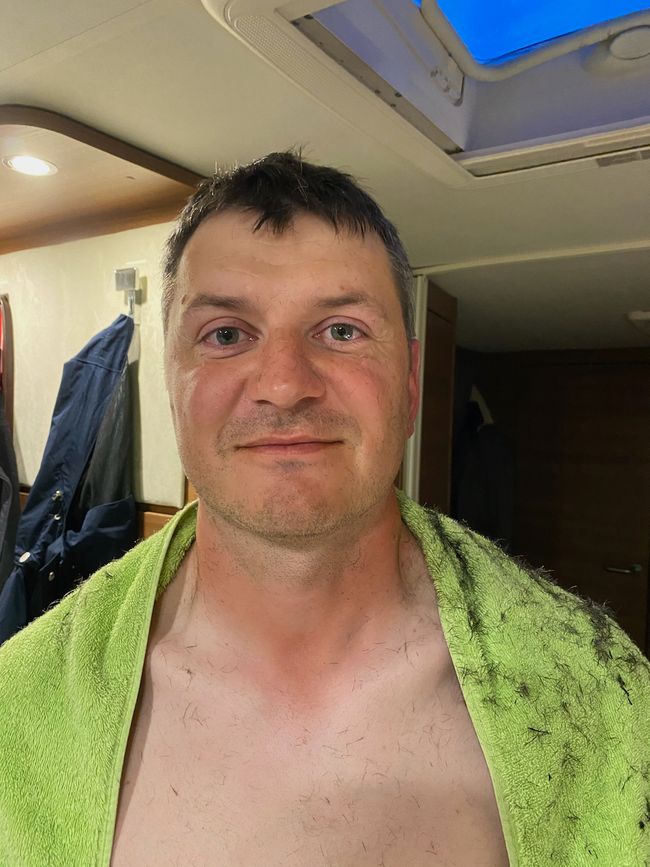
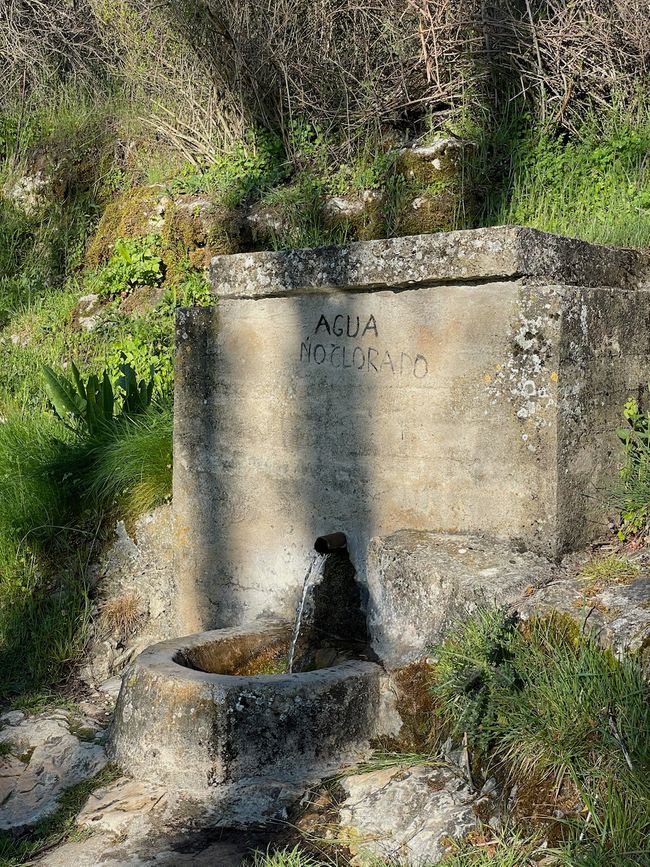
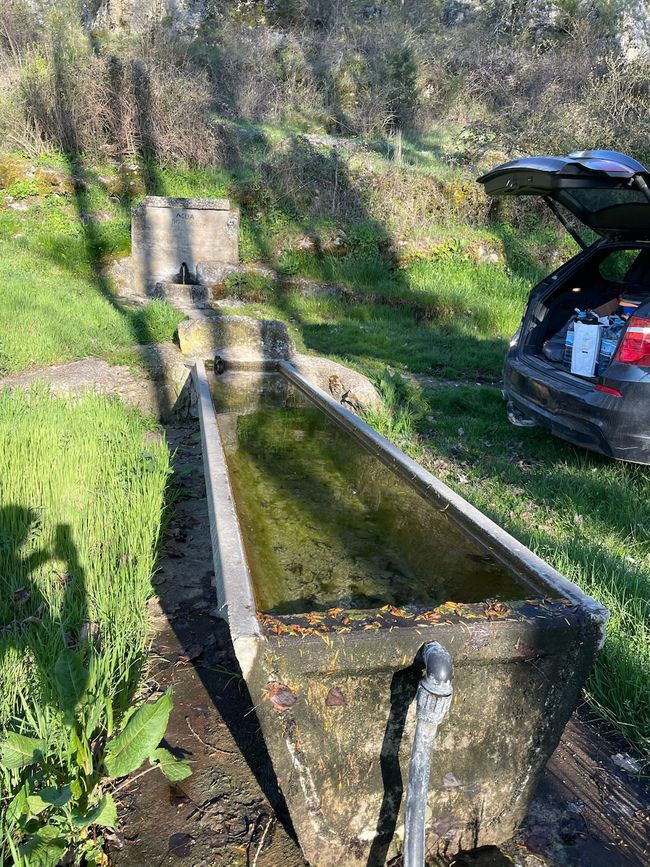
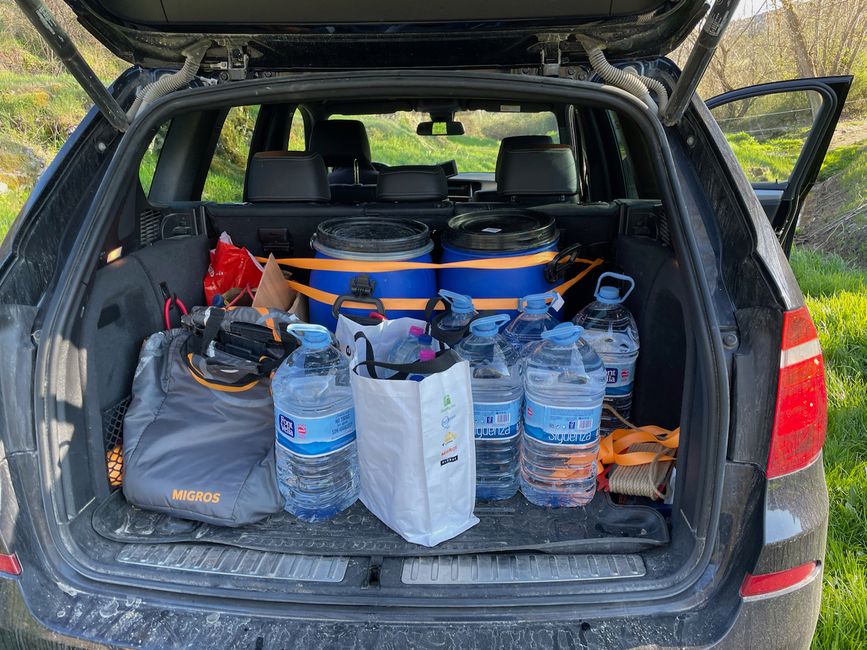
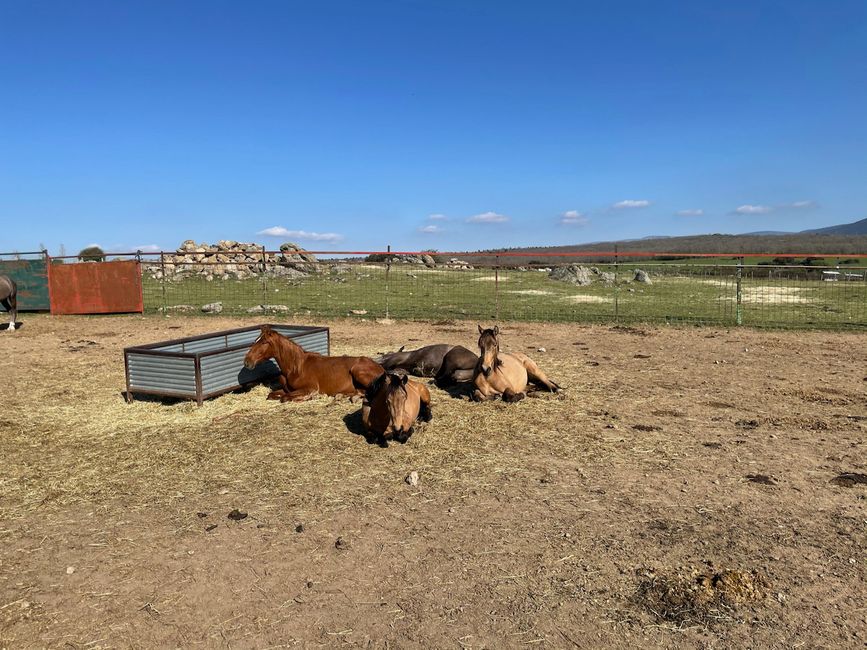
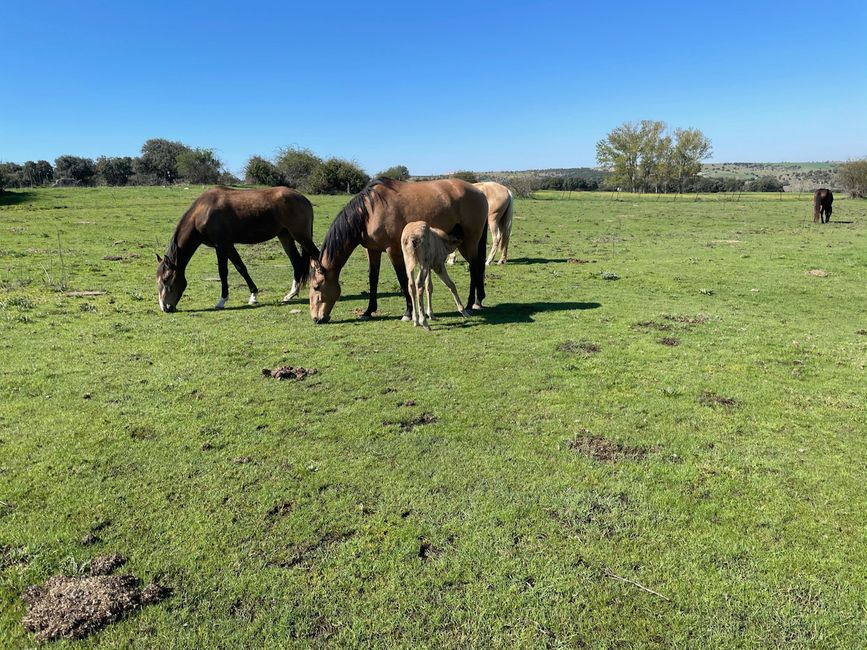
Subscribe to Newsletter
The infrastructure here at the stud farm, but in Spain in general, is not comparable to Switzerland. Fences are mainly made of barbed wire or reinforced nets/grids. Whatever is available and cheap. Gates often don't work, don't fit, and are patched up and closed with straw strings. Makeshift. There is often old material on the pastures, broken remnants of previous fences, telephone or power poles, decaying houses/stables, etc. Apparently, it's completely normal here. In addition, it is quite rocky here, and there are many rabbits that dig holes in the ground for their burrows. All things that can cause injuries to the horses. The photos show a horse that had stuck its nose too far through a reinforced net. This resulted in the nose being "peeled" down to the bone. The vet did a good job! Now we hope that it will grow back.
Water is also an issue: The stud farm only has non-potable water (and drinking water for the horses), no drinking water for us. And currently, our caravan doesn't have a connection for non-potable water (maybe I can still do something about that...). There is a 25-liter tank in the caravan, and we still have two 30-liter barrels that we use as water reserves. So, we have to refill the barrels every 2-3 days.
We bought drinking water for now, so that we have containers. Now we can fill them up at a source that is about a 5-minute drive away.
It's not a problem at all, but it makes us aware once again of how much we live in luxury in Switzerland, simply being able to open the tap and have drinking water as well as non-potable water, hot or cold, readily available. As much as we want.
Today, Monday, was our day off. We work a 6-day week, from 09:00 to 18:00 with a 1-hour lunch break. It's an exhausting job here. Not "exhausting" in the sense that you're stressed and rushing around all day. Definitely not. But we work with young horses, some of which you can't even touch because they spend the first 3 years of their lives in the pasture, with very little contact with humans. And when they do have contact, it's usually not a very positive experience. For example, they are brought in to treat wounds or vaccinate them, or similar situations.
Anyway: When working with such horses, you have to be fully focused, otherwise it can quickly become dangerous. You have to have a plan, and also a plan B, and preferably even a plan C. Because the likelihood that plan A will work is probably 50%. Horses have their own plans, especially when they are scared and as prey animals, they simply run away. And fences only hold them to a certain extent.
We have experienced several such incidents: horse breaks loose and gallops around with lunge line attached to the halter, horse kicks out (front and back), horse bucks, stallion jumps over the fence (1.60m) and spends the night with the mares, horse suddenly lies down in panic in the horse stand and another horse jumps on top, etc. Fortunately, in most cases, nothing happens. But it's definitely not completely safe, you have to stay focused and think about many things. In any case, we are usually exhausted in the evening!
So, we used the day off to relax, go shopping, do laundry, tidy up the caravan, empty the toilet, etc.
My colleagues gave me a book with "the best, easy recipes" as a farewell gift. (I wonder why?!) Today, we tried "Pear, Bündnerfleisch & Ricotta". It was slightly modified (served on toast & with honey for Jenny), but it tasted great!
My long hair has started to annoy me as well. (especially with limited warm shower water). Hairdresser Jenny did a perfect job, thank you!
Yes, that's how we adapt to the limitations here, and once again realize that it's actually not a problem at all, and much easier.
Tomorrow we will continue with the training of the 2-, 3-, and 4-year-olds. We are excited!
Subscribe to Newsletter
Bersiv (2)
Heidi
Hallo Nick, hallo Jenni, mit Interesse lese ich eure Nachrichten. Es ist keine leichte Arbeit und dazu auch nicht ungefährlich. Auch die Wasserversorgung ist ein zusätzliches Problem.Habt ihr euch das so vorgestellt? Ich habe es mir für euch einfacher vorgestellt. Es ist eine Lebenserfahrung. Wünsche euch viel Glück, alles Gute und auch Freude an dieser neuen Arbeit. LB gr Heidi
Jennifer
Hallo Grosi
Die Arbeit mit den Jungpferden war uns bewusst. Das wir hier kein Trinkwasser haben war auch anzunehmen. Für uns ist es kein Problem.
Liebe Grüsse von uns